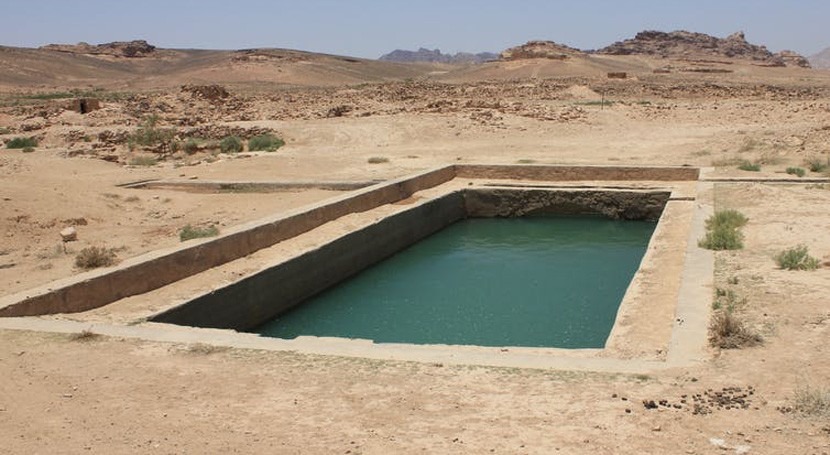
Introduction:
India’s dry states, including Rajasthan, Gujarat, and parts of Maharashtra and Andhra Pradesh, face significant challenges in managing their water resources due to limited rainfall and high evaporation rates. As climate change exacerbates these conditions, optimizing water storage has become a critical priority. This article explores effective strategies for enhancing water storage efficiency in these water-scarce regions.
Rainwater Harvesting:
One of the most effective strategies for maximizing water storage in dry states is rainwater harvesting. This technique involves capturing and storing rainwater for later use, which can be particularly valuable in regions with irregular rainfall. Traditional methods include constructing rainwater harvesting pits, check dams, and storage tanks. Modern innovations, such as rooftop rainwater harvesting systems, allow households to collect and store rainwater from their roofs, reducing dependence on groundwater and municipal supplies.
Revitalizing Traditional Water Storage Systems:
Many dry states have historically relied on traditional water storage systems such as tanks, stepwells, and johads. Revitalizing these ancient structures can be a sustainable solution to modern water challenges. Stepwells, for instance, are designed to capture and store runoff water during the monsoon season and provide a reliable water source during dry periods. By restoring and maintaining these systems, communities can enhance their water storage capacity and improve resilience against droughts.
Efficient Irrigation Techniques:
Agriculture is a major water consumer in dry states, making efficient irrigation techniques essential for maximizing water storage. Techniques such as drip irrigation and sprinkler systems deliver water directly to the plant roots, minimizing evaporation and runoff. Additionally, soil moisture sensors can help farmers optimize irrigation schedules based on real-time soil conditions, reducing water wastage and ensuring that crops receive adequate moisture.
Watershed Management:
Effective watershed management is crucial for optimizing water storage. This approach involves managing land and water resources within a watershed to enhance water retention and reduce runoff. Strategies include reforestation, which improves soil structure and increases water infiltration, and contour plowing, which reduces soil erosion and enhances water retention. By managing watersheds sustainably, dry states can improve water availability and quality.

Groundwater Recharge:
Groundwater is a vital resource in dry states, but its over-extraction can lead to depletion. Implementing groundwater recharge techniques can help replenish aquifers and maintain groundwater levels. Methods such as recharge wells, percolation tanks, and check dams can capture and direct surface water into the ground, facilitating natural groundwater replenishment. Additionally, promoting the use of low-water-use crops and efficient irrigation practices can reduce groundwater demand.
Integrating Water-Efficient Technologies:
Advancements in technology offer new opportunities for optimizing water storage. Smart water management systems, which use sensors and data analytics, can monitor and manage water usage more efficiently. Automated systems can detect leaks, manage water distribution, and provide real-time data on water levels and usage patterns. By integrating these technologies, dry states can improve the efficiency of their water storage and distribution systems.
Public Awareness and Community Involvement:
Public awareness campaigns can educate residents about the importance of water conservation and encourage Maximizing water storage efficiency requires the active participation of local communities. practices such as rainwater harvesting and efficient irrigation. Community-based initiatives, such as the formation of water user groups, can also promote collective action in managing and conserving water resources.
Policy and Governance:
Effective policy and governance are essential for implementing water storage strategies. Governments can support water storage initiatives by providing incentives for rainwater harvesting systems, funding watershed management projects, and enforcing regulations on groundwater extraction. Collaborative efforts between government agencies, non-governmental organizations, and local communities can enhance the effectiveness of water storage programs.
Conclusion:
Maximizing water storage efficiency in India’s dry states is a multifaceted challenge that requires a combination of traditional knowledge and modern techniques. By adopting strategies such as rainwater harvesting, revitalizing traditional storage systems, implementing efficient irrigation practices, and leveraging technology, these regions can enhance their water storage capacity and build resilience against water scarcity. Public awareness and effective governance are also critical in ensuring the success of these initiatives. Through concerted efforts and innovative solutions, India’s dry states can better manage their water resources and secure a more sustainable future.


